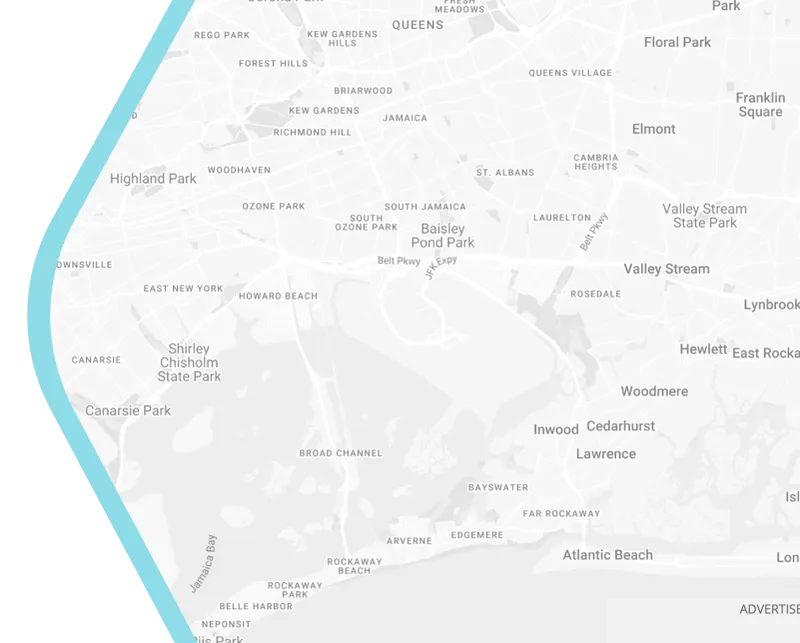
Solving Urban Challenges: How Smart City Innovations Are Reshaping the World
By 2050, Australia’s urban population is projected to surge by 11.8 million. Cities like Sydney, Melbourne, and Brisbane face mounting pressure to balance growth with sustainability. Enter smart city solutions—technologies that tackle traffic, energy waste, and pollution while fostering resilience. From Barcelona’s IoT-driven water systems to Adelaide’s smart grids, global innovations are reshaping urban life. Here’s how Australian cities can adapt these breakthroughs to local challenges.
The Urban Challenges Facing Australian Cities
Australia’s cities grapple with unique pressures:
- Traffic congestion costs Sydney AUD $5.1 billion annually.
- Energy demands surge as heatwaves strain power grids.
- Waste management struggles escalate in high-density hubs like Melbourne.
“The key isn’t just technology—it’s designing solutions that work for our communities and climate,” says Dr. Linda Evans, Urban Strategist at CSIRO.
Global Smart City Solutions with Local Impact
Smart Traffic Management: From Barcelona to Sydney
Global Innovation: Barcelona reduced traffic by 21% using IoT sensors to optimize parking and bus routes.
Australian Application:
- Sydney’s AI-Powered Lights: Adaptive traffic signals cut peak-hour congestion by 20% in trial zones.
- Melbourne’s Tram Sensors: Real-time data reroutes trams during major events, easing CBD gridlock.
Keyword: “smart city solutions”
Energy Efficiency: Lessons from Copenhagen to Adelaide
Global Insight: Copenhagen’s district heating system recycles 90% of its energy waste.
Australian Action:
- Adelaide’s Virtual Power Plant: 50,000 solar+ battery homes form a decentralized grid, slashing energy costs by 30%.
- Newcastle’s Smart Streetlights: Motion-activated LEDs cut energy use by 60% in public spaces.
Keyword: “sustainable energy solutions for cities”
Smarter Waste Systems: Amsterdam to Melbourne
Global Model: Amsterdam’s “circular economy” recycles 65% of waste via AI-sorted bins.
Local Progress:
- Melbourne’s Sensor Bins: Fill-level alerts optimize collection routes, reducing truck emissions by 40%.
- Brisbane’s Bioenergy Plant: Converts organic waste into electricity, powering 3,200 homes annually.
Keyword: “smart waste management Australia”
Australian Spotlight: Homegrown Success Stories
Newcastle’s Flood-Resilient IoT Network
After devastating floods in 2021, Newcastle deployed IoT water sensors in drainage systems. Real-time data predicts flood zones 12 hours faster, saving millions in emergency costs.
Perth’s 5G-Powered Public Transport
Perth’s buses use 5G connectivity to adjust routes based on passenger demand, boosting efficiency by 25% during peak hours.
Overcoming Barriers: Funding, Privacy, and Collaboration
The Path Forward for Australian Planners
- Leverage Grants: Australia’s Smart Cities and Suburbs Program funds pilot projects (e.g., Darwin’s smart irrigation).
- Engage Citizens: Hobart’s app lets residents report pollution hotspots, driving data-backed policy.
- Partner with Tech: Sydney’s Tech Central partners with Atlassian to test AI-driven urban planning tools.
The Future is Local—and Connected
From AI-driven bushfire prediction to drone-based delivery in regional NSW, Australia’s smart city future hinges on scaling hyper-local solutions. As Dr. Evans notes: “The best innovations aren’t imported—they’re built by understanding our soil, streets, and communities.”
